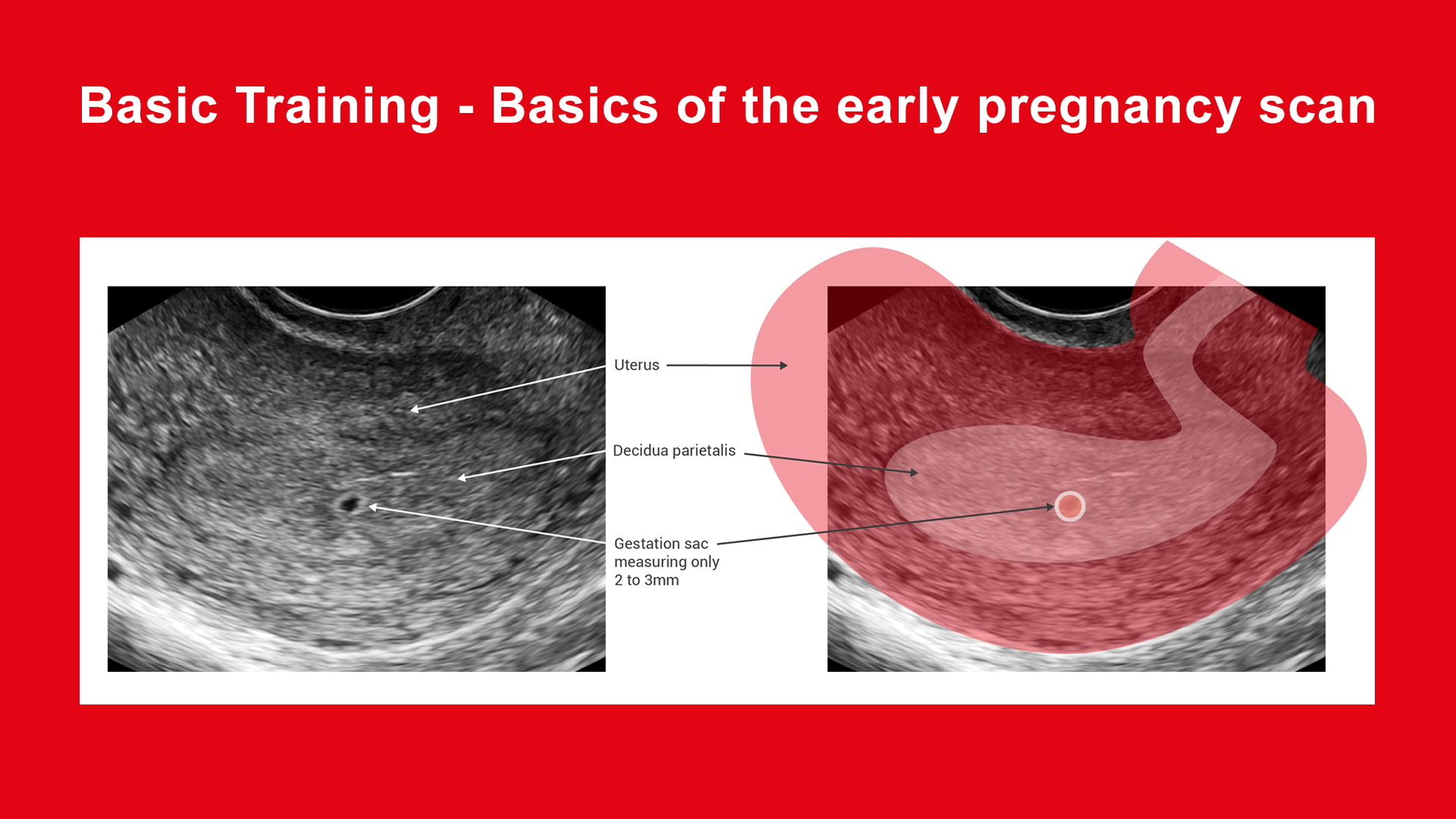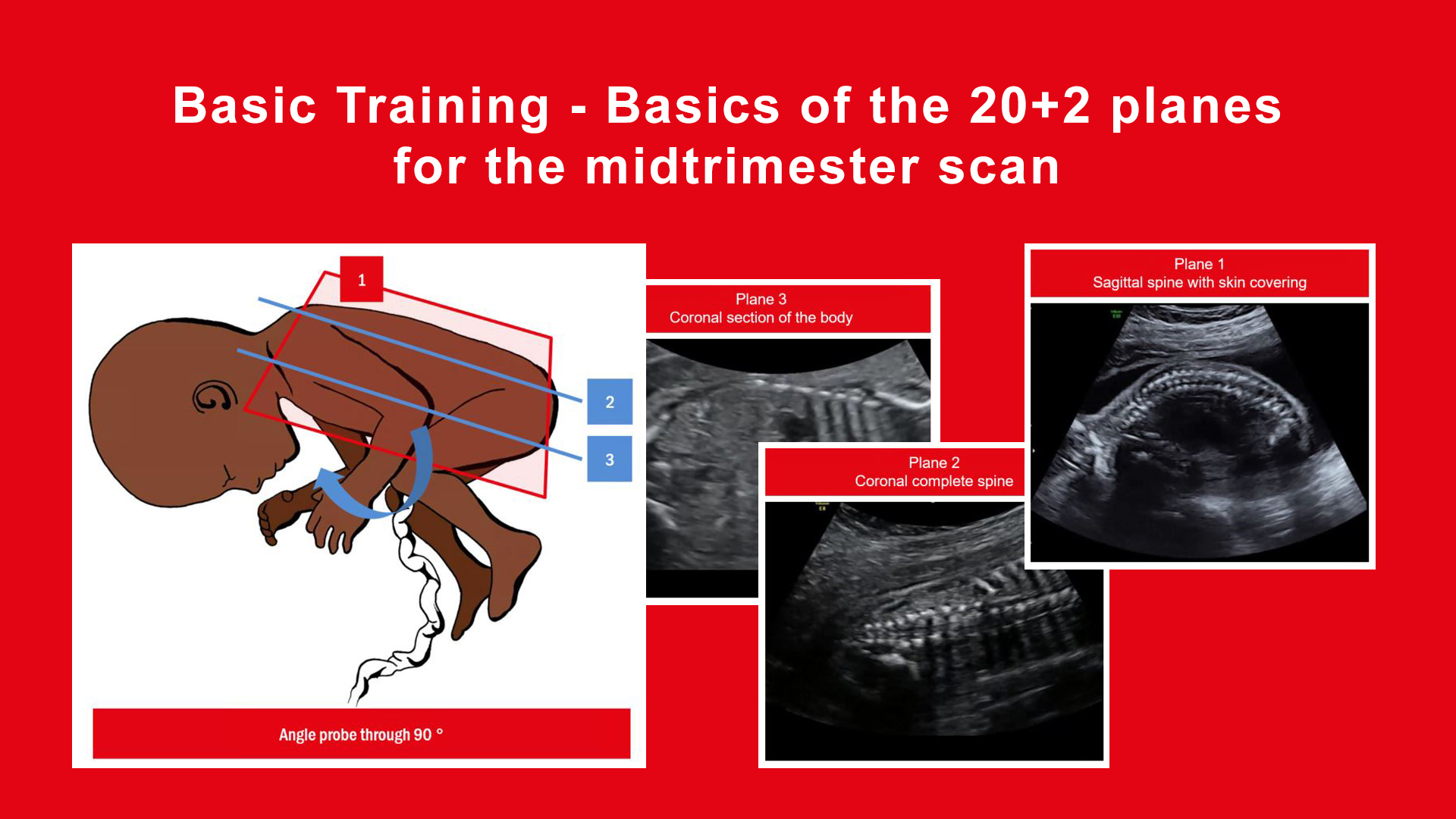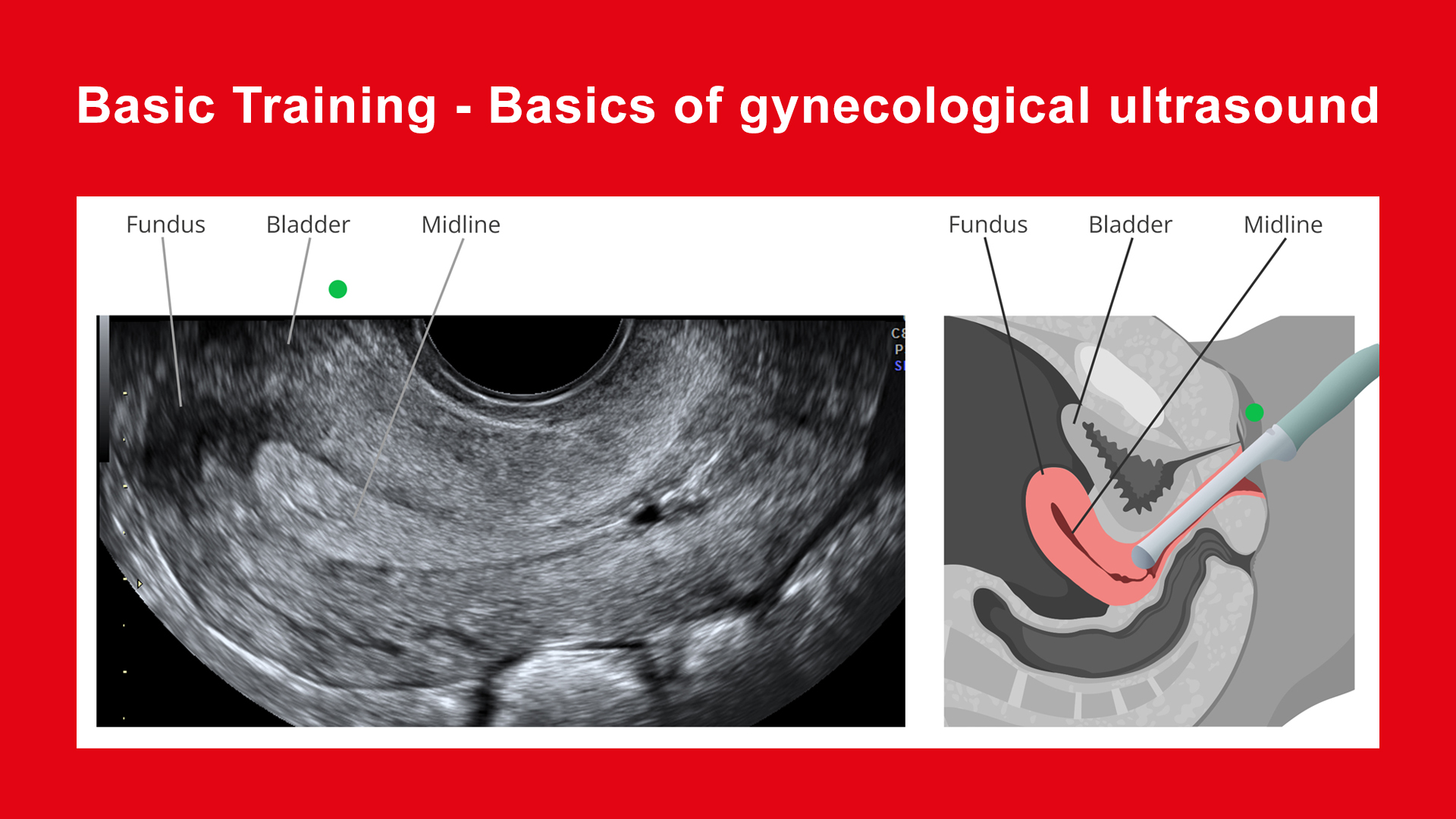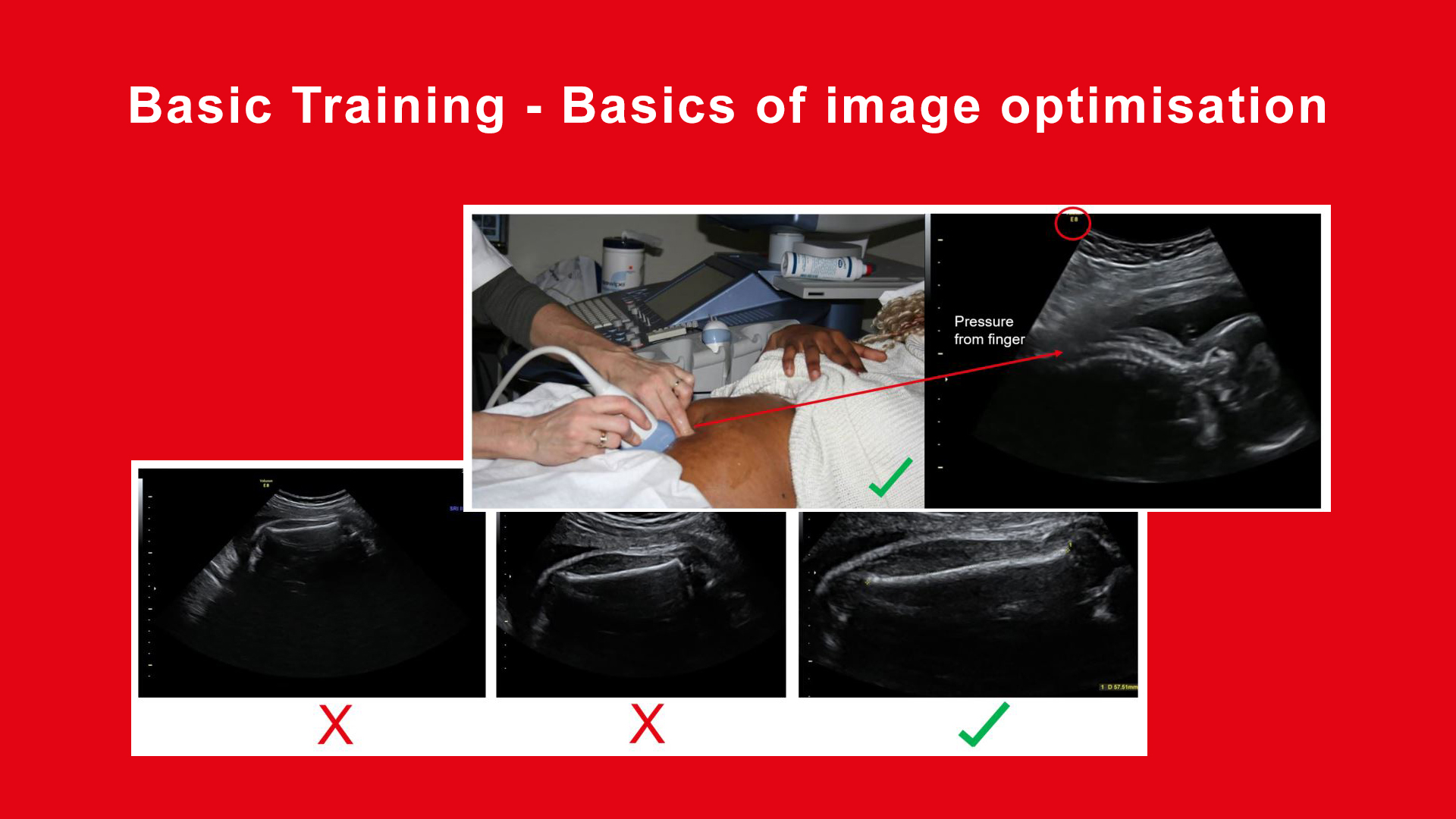For trainee members we have four free BTOP-mini courses. These topics were chosen in responce to the feedback we had from a trainee members survey. Basics of the early pregnancy scan; Basics of the 20+2 planes in the mid trimester scan; Basics of gynecological ultrasound; Basics of image optimisation.
Overview
Course name: Basic Training Online Program - 4 free mini-courses
Duration of each mini course: 2+ hours
Length of access for course: 3 months
Access: Online learning, learn at your own pace, 30 fully interactive online modules
Education level: Foundation
Program language: English
Suitable for: Obstetrician and Gynecologists trainees, fellows, residents, midwives, nurses, radiographers, sonographers, GPs and healthcare professionals providing antenatal care and performing ultrasound scans.
Why do a free mini course?
To help you to decide whether our Basic Training Online Program is what you need, we have made a series of mini courses available for free to our trainee members. These can be used as a refresher, or as a starting point to discover why you might benefit from the full Basic Training Online Program. This year we will be offering them all to our trainee members.
For these free mini courses there is no CME credits and you will not get a certificate. However if you do the whole of our 30 hour online Basic Training Online Program and pass the assessment you will gain 30 CME points and an ISUOG Certificate of Achievement.
A full description of the free courses available are listed below:
Basic Training - Basics of the early pregnancy scan
This mini course is designed to help you use a systematic approach to an early pregnancy scan, gain informed consent, record images and write your report. This mini course will take you 2 hours and 40 minutes to complete.
After completing this course you will be confident about fetal presentation and lie, cardiac activity, the number of fetuses, position of the placenta, and you will be able to estimate the amount of amniotic fluid, and gather the essential biometric measurements. You will appreciate patient centred care and informed consent. Finally you will be better able to produce a comprehensive scan report, correctly labelling and storing images for it.
The 6-step approach (120 min)
- Appreciate the need for a simplified and standardised ultrasound exam
- Understand how to visualise the fetal presentation and lie
- Detect cardiac activity
- Determine the number of fetuses
- Ensure the placenta is not a placenta previa or a low lying placenta
- Estimate the amount of amniotic fluid
- Gather some basic biometric measurements.
Informed consent image recording & report writing (40 min)
- Understand the basic components of patient centered care.
- Know the basic set of information required in an image.
- Appreciate the importance of storing images.
- Recognise what constitutes a comprehensive scan report.
- List what needs to be included in a report depending on the reason for performing the scan.

Basic Training - Basics of the 20+2 planes in the mid trimester scan
Establishing the fetal position and evaluating the fetal anatomy is imperative during your ultrasound scan, as it enables you to identify whether there are any abnormalities that require further investigation. This mini-course will walk you through several examples of common structural fetal abnormalities and how to recognise them using the ‘20 plus 2 planes’ scanning approach. You will look at the principal differences in ultrasound appearances between a structurally normal fetus, and a fetus with one or more common structural abnormalities. The goal of this course is not to help the learner reach the final diagnosis, but to recognise that something looks abnormal and then refer accordingly. As we evaluate the fetus in the mid and third trimester we have to incorporate the results of the 20 plus 2 planes and add to this to our findings regarding the growth of the baby, from measuring the biometric planes and the volume of the amniotic fluid. This course will give you an understanding of how to find and use these planes.
Performing the 20 plus 2 planes approach and identifying anatomical abnormalities relies on your knowledge of the normal ultrasound appearances of each plane. By the end of this mini course you will understand how to perform a structured routine examination, including measurements, of the mid trimester fetus using the 20 planes and 2 overview sweeps. This free Basic Training mini course will take you 3 hours to complete.
The 20 + 2 Planes Approach to the routine mid trimester scan (60 min)
- Explain how to perform a structured routine examination, including measurements, of the mid trimester fetus using the 2 overview and 20 planes approach.
- Locate each plane, demonstrating how to move from one plane to the next.
- Recognise the structural abnormalities that can be excluded in each plane.
Distinguishing between normal and abnormal appearances of the fetal anatomy (overview of the 20 planes) (120 min)
- Understand the importance of determining fetal position and situs.
- Appreciate the rationale behind the structured 20+2 planes fetal assessment.
- Recognise the fetal anatomical landmarks used to determine each of the 20+2 planes.
- Know the different fetal abnormalities that could be identified in each of the 20+2 planes.
- Be aware of the difference between actual size and relative size.
- Appreciate the importance of a second & / or expert opinion.

Basic Training - Basics of gynecological ultrasound
This mini course is designed to help you perform a basic gynaecological ultrasound and write your report. After completing this course you will be confident about when and how to use abdominal ultrasound scans and when and how to use a transvaginal scan. You will be prepared for the correct technique for scanning the vagina, cervix, uterus and ovaries. You will be equipped to produce a comprehensive scan report. This free taster of Basic Training courses will take you 1 hour and 40 minutes to complete.
The basics of a gynecological ultrasound (60 min)
- Understand how to systematically perform an abdominal gynecological ultrasound scan.
- Understand how to systematically perform a vaginal gynecological ultrasound scan.
- Decide when to perform a transvaginal versus a transabdominal ultrasound.
- Explain the correct technique for scanning the vagina, cervix, uterus and ovaries.
- Appreciate the importance of probe orientation.
Writing the gynecological ultrasound report (40 min)
- Write a clear, concise and accurate gynaecology ultrasound report
- Appreciate the importance of writing a good gynaecology ultrasound report
- Understand the basic principles of ultrasound reporting in gynaecology
- Recognise the key features of a comprehensive gynaecology ultrasound report

Basic Training - Basics of image optimisation
This mini course will help you get the best images and understand the basic set up of your ultrasound machine whilst maintaining the safest working practices. This is underpinned with an introduction to the physics of ultrasound, choosing the right probe and the basic probe movements to master.
After completing this course you will feel more confident about how to optimise your images, work within safe limits and have a systematic approach to using your probe. This free Basic Training mini course will take you 2 hours to complete.
Physical principles of ultrasound including safety (60 min)
- Understand the basic physics of ultrasound.
- Appreciate the difference between the ultrasound scan modes.
- Describe the impact of sector width and depth on a real-time image.
- Determine factors that affect ultrasound image quality.
- Recognise the importance of the ALARA principle.
Transducers knobology image production scanning planes (60 min)
- Determine the best hygiene practice for transvaginal and for transabdominal imaging.
- Select the correct probe for different patients in the first, second, and third trimesters.
- Identify which controls should be used to maximise the quality of the image and ensure optimal imaging.
- Determine the correct probe orientation to obtain each ultrasound plane.
- Demonstrate the four-probe movements, and appreciate how you can combine them to get the right image.

Basic Training Subcommittee and contributers to this course
The ISUOG Basic Training program was developed by, and is maintained by the Basic Training Subcommittee. A list of all the volunteers who have offered their time and commitment to developing the Basic Training syllabus over the years is found in the introduction to this online course, and also on our website.


